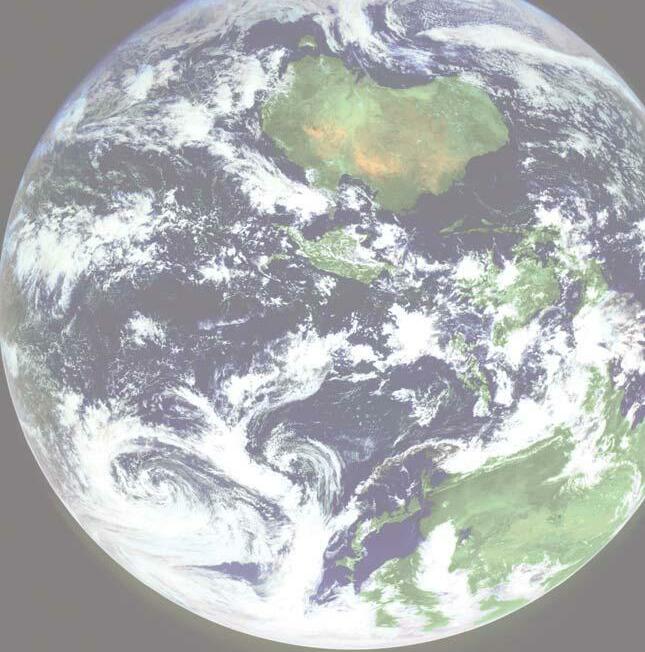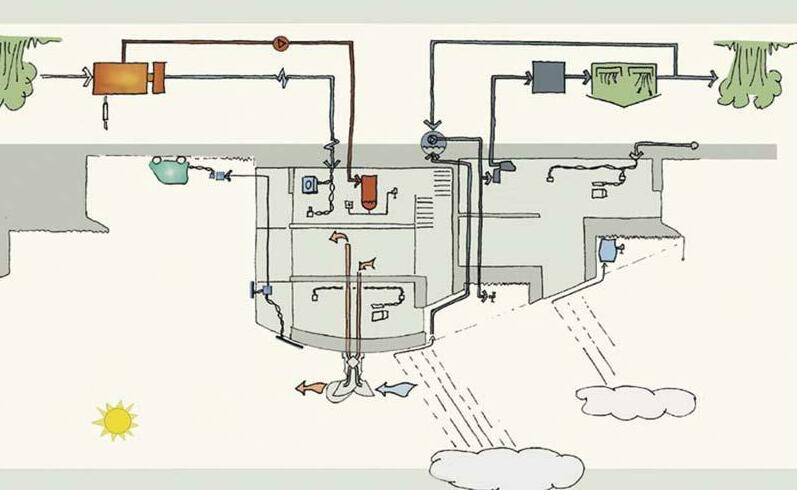M E A S U R I N G P R O G R E S S T O W A R D S S U S TA I N A B I L I T Y
Fig. 1: HUMANITY’S ECOLOGICAL FOOTPRINT, 1961–2001 2.00 1.75 1.50 1.25 Planet’s Biological Capacity 1.0 0.75 0.50 0.25 0
1960
1965
1970
1975
1980
1985
1990
1995
2000
Ratio of Ecological Footprint to biological capacity
Ratio of Ecological Footprint to biological capacity
As a planet, we are living beyond our ecological means. Although the global economy and population continue to grow, our planet remains the same size. Over 30 years ago, the report Limits to Growth created an international controversy when its computer-generated scenarios suggested that the human economy would soon exceed the Earth’s carrying capacity, leading to a decrease in industrial output and a decline in well-being in the mid-21st century. Overshoot is no longer an hypothesis but a reality. As shown in WWF’s Living Planet Report, humanity’s annual demand for resources is now exceeding the Earth’s regenerative capacity by more than 20 per cent. Humanity can maintain this overdraft only by liquidating the planet’s natural resources. The Asia-Pacific region will play an increasingly central role in addressing overshoot as the region’s population and economy continue to grow in a world with limited resources. The statistics reinforce this notion: more than 50 per cent of the world’s population live in Asia and the Pacific, and the region’s use of world ecological capacity is expanding rapidly, growing from 15 per cent in 1961 to 40 per cent in 2001. Increasing human demand presents many challenges for Asia and the Pacific. The region is not alone in meeting growing ecological demand by relying on ecological capacity outside its
borders and, simultaneously, drawing down its own stocks of ecological assets. Reversing these trends means shifting to sustainable development — improving the quality of human life while remaining within the carrying capacity of our supporting ecosystems. Reducing pressure on ecosystems, however, is only possible if done in fair and just ways — the alternative is increasing local, regional, and global conflict. The resource crunch may not be felt yet in the wealthy centres of the Asia-Pacific region, where resource consumption is still increasing. Many of the 5.2 billion people living in low- and middle-income countries, including 3.3 billion in Asia and the Pacific, however, have been facing an involuntary decline in their quality of life. Addressing this growing social disparity is critical to achieving the Millennium Development Goals, improving global security and ensuring the well-being of all. But in an increasingly globalized economy, responsibility for reshaping Asian growth trajectories to address environmental constraints must also be borne internationally. Those countries – in North America and Europe – which have the highest per capita footprints today, bear a particular moral responsibility to assist in effecting the transitions to a more sustainable economy. Time is critical. The sooner the Asia-Pacific region begins to rigorously manage the use of its ecological resources, the less
Fig. 2: ASIA-PACIFIC’S ECOLOGICAL FOOTPRINT, 1961–2001 2.00 1.75 1.50 1.25
expensive the future investment required to maintain these assets will be. Prompt action also reduces the risk that critical ecosystems will be eroded beyond the point at which they can easily recover. If overshoot continues and both the Asia-Pacific region’s and the world’s ecological debt keeps accumulating, choices narrow. A vicious cycle ensues, with continuing resource use becoming ever more dependent on the liquidation of shrinking ecological assets. There are opportunities to break out of this downward spiral. The right kind of investments can encourage innovations for sustainability in the areas of food, health, nature management, transportation and shelter. A green-energy future and resource efficient urban design will play an increasing important role in achieving a thriving Asia-Pacific region. As we embark on this path of sustainable development, we need ways to know how far we have come and how far we still need to go. The measurement tools presented in this report are one way to help all our countries determine if our actions are bringing us closer to these essential goals.
Figure 1: Humanity’s Ecological Footprint, which measures people’s use of renewable natural resources, is shown in comparison with the total biologically productive capacity of the Earth. In 2001, humanity’s Ecological Footprint was 2.5 times larger than in 1961, and exceeded the Earth’s biological capacity by about 20 per cent. This overshoot is possible only for a limited period of time.
Asia-Pacific’s Biological Capacity 1.0 0.75 0.50 0.25 0
1960
1965
1970
1975
1980
1985
1990
1995
2000
Figure 2: The per person Ecological Footprint of the Asia-Pacific region has risen by more than 130 per cent since 1961, now requiring 1.3 global hectares of biologically productive area per person. With a supply of only 0.7 global hectares per person, the region is now seeing growing imports of ecological capacity, damaged ecosystems and an increasing portion of the popoulation living in degraded environments.
ASIA-PACIFIC 2005: THE ECOLOGICAL FOOTPRINT 3



